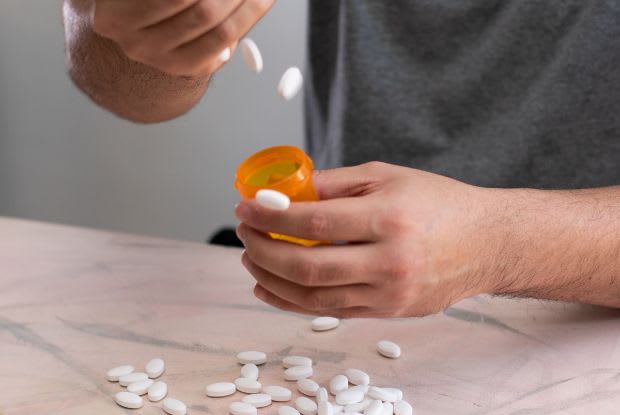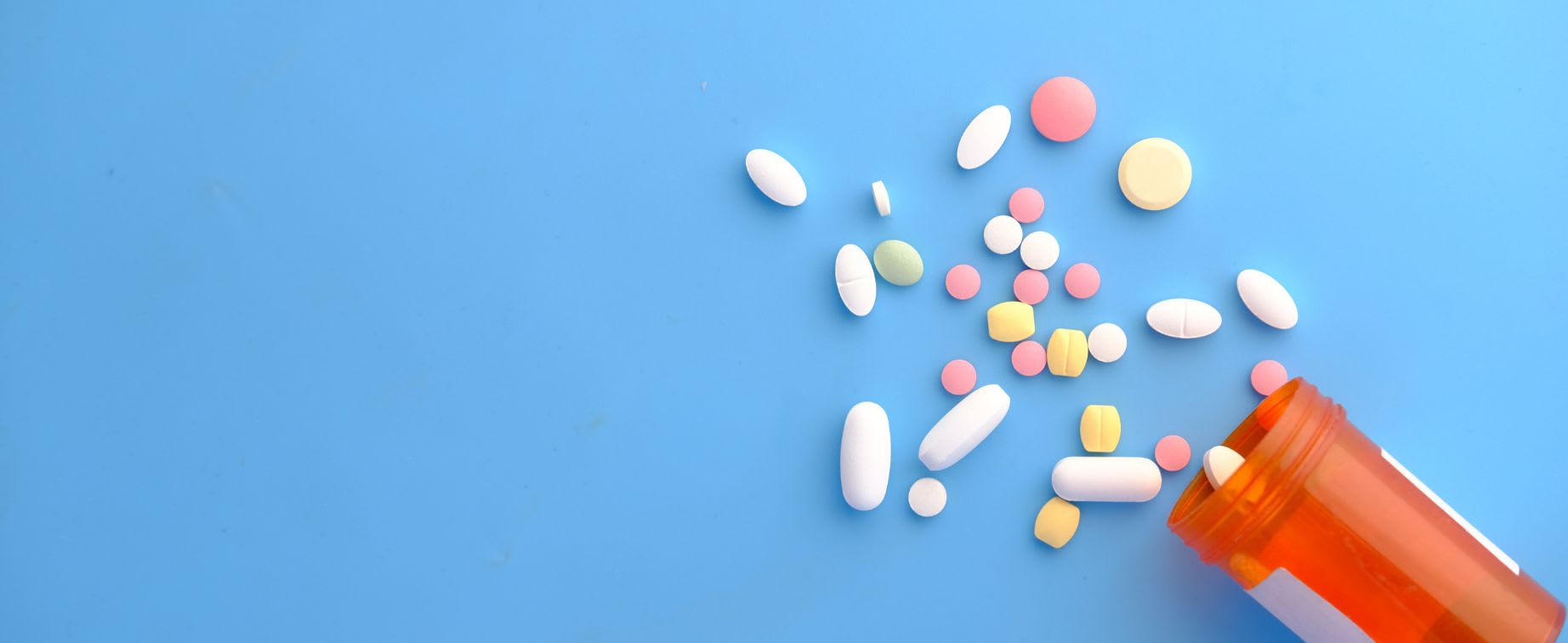Table of Contents
Managing type 2 diabetes is a marathon, not a sprint. Making healthy lifestyle changes and taking medications as prescribed over the long haul is key to keeping your blood sugar levels in check.
One medication that has shown promising results in controlling blood sugar is Jardiance. In this guide, we’ll discuss Jardiance dosages, how to take Jardiance, and tips to optimize its effectiveness.
Jardiance Dosages
Jardiance is an oral tablet that is available in two different strengths: 10 mg and 25 mg. [1]
While we’ve included FDA-approved dosages below, it’s important to note that your doctor will ultimately determine an appropriate dosage based on your symptoms and medical history.
- For adults with heart failure, the goal is to lower the risks of cardiovascular death and hospitalization. The recommended dosage is 10 mg, taken once daily, with or without food.
- To reduce the chances of end-stage kidney disease, cardiovascular death, kidney function decline, and hospitalization in adults with chronic kidney disease, the dosage is 10 mg once daily, with or without food.
- If you have type 2 diabetes and cardiovascular disease, Jardiance can reduce your risk of cardiovascular death. The dosage is 10 mg once daily, with or without food.
- For blood sugar control in adults and children ages 10 and up with type 2 diabetes, the starting dosage is 10 mg once daily, with or without food. If additional glycemic control is needed, your doctor may increase the dosage to 25 mg once daily. [1]
Taking Jardiance

Taking Jardiance every day is essential to fully reap its benefits. It may take up to six months of consistent use to experience the positive effects. [2] To ensure you are taking Jardiance properly, follow the guidelines below:
- Take Jardiance at the same time every day, with or without food.
- If you happen to miss a dose, take it as soon as you remember. However, if your next dose is almost due, skip the missed one and resume your regular dosing schedule. It is important not to double up on doses to compensate for the missed one.
- If you must fast for a surgical procedure or medical test, you should stop taking Jardiance at least three days in advance. Once you are stable and able to eat and drink, your doctor will instruct you on when to resume taking Jardiance. [1]
Consistently taking Jardiance every day is crucial in maintaining blood sugar control. To help you establish a simple routine and remember to take your medication, we have some helpful tips:
- Pair taking Jardiance with a daily activity that you already do at the same time. For example, you can take it during mealtimes or after brushing your teeth.
- Set an alarm on your phone to remind you to take your tablet when it is time.
- Use a weekly pillbox that has compartments for each day and dosing time. This visual reminder can prevent accidental double doses and help track your medication schedule.
- Keep some extra doses of Jardiance in a bag or purse that you frequently use. This way, you will have access to your medication even if you are away from home.
- Place the medication bottle in an easily visible location. For instance, you can keep it on your bedroom nightstand or kitchen counter.
- Use reminder notes in high-traffic areas of your home, such as the fridge or bathroom mirror, to remind you to take your medication.
- After taking your medicine, flip the pill bottle over to indicate that you have already taken your dose.
- Use a calendar or medication journal to keep track of when you take each dose. This can help prevent missed doses or accidental overdosing. [3]
Lifestyle Changes

Taking control of your type 2 diabetes requires a holistic approach that combines lifestyle changes and medications like Jardiance. By focusing on healthy habits, you can effectively manage your diabetes and reduce the risk of complications.
- Diet: It's important to make wise food choices, control portion sizes, and read food labels to ensure you are consuming the right nutrients. To better understand how different foods affect your body, consider keeping a food diary. Write down what you eat, when you eat it, and monitor how it affects your glucose levels. Checking your blood sugar levels 1 to 1.5 hours after a meal can give you valuable insights into how your body reacts to different foods.
- Exercise: If you are overweight, losing just 7% of your body weight can significantly reduce your risk of developing diabetes. If you already have diabetes, physical activity and weight management help reduce diabetes-related complications. Aim for at least 150 minutes per week of moderate-intensity aerobic activity or 75 minutes per week of vigorous-intensity aerobic activity.
- Stop smoking: Studies have shown that smokers are 30% to 40% more likely to develop diabetes than nonsmokers. For individuals already diagnosed with diabetes, smoking can further elevate blood sugar levels and increase the risk of complications such as nerve damage and kidney disease. [4]
Conclusion
Managing type 2 diabetes requires a multi-pronged approach. Medications like Jardiance can help control high blood sugar, but they work best when combined with healthy lifestyle changes and guidance from your doctor.
Making changes to your diet, increasing physical activity, and losing excess weight are proven ways to help manage blood glucose and reduce the risk of diabetes complications.
DISCLAIMER: The content in this article is intended for informational purposes only. This website does not provide medical advice. In all circumstances, you should always seek the advice of your physician and/or other qualified health professionals(s) for drug, medical condition, or treatment advice. The content provided on this website is not a substitute for professional medical advice, diagnosis or treatment.
